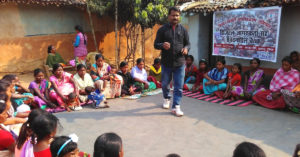From Pensions to Free Railway Passes, Here’s How India Is Thanking Her Freedom Fighters
Looking after our freedom fighters is the least we can do for the heroes who dedicated their lives fighting for our independence. Here's a look at the Pension Scheme in place for our valiant heroes. More than Rs. 6,300 crore has been spent on this scheme in the last 10 years alone

Looking after our freedom fighters is the least we can do for the heroes who dedicated their lives fighting for our independence. Here’s a look at the Pension Scheme in place for our valiant heroes. More than Rs. 6,300 crore has been spent on this scheme in the last 10 years alone.
Every Independence day, we remind ourselves of the great sacrifices our forefathers made for our independence. But what exactly is the government doing for these freedom fighters and their families? Let’s learn more about the Swatantrata Sainik Samman Pension Scheme.
Swatantrata Sainik Samman Pension Scheme
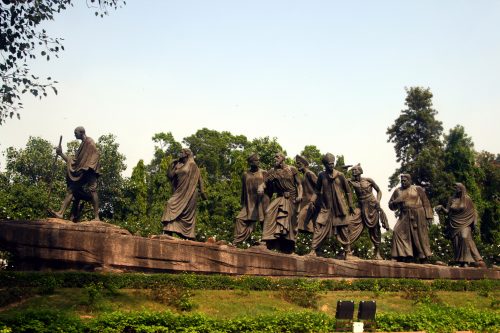
Source: Flickr
During the Silver Jubilee year of Independence (1972), a Central Scheme to grant pension to freedom fighters and their eligible dependents (in cases where the freedom fighters was dead) was introduced by the Government of India in 1972.
In 1980, the Scheme was liberalized and renamed the Swatantrata Sainik Samman Pension Scheme, 1980 and was made effective from August, 1980.
The Swatantrata Sainik Samman Pension Scheme, 1980 was introduced to extend the pension scheme to the freedom fighters and their dependent families. The following list of movements/mutinies are recognized for award of pension under this scheme.
- Suez Canal Army Revolt in 1943 during the Quit India Movement & the Ambala Cantt. Army Revolt in 1943.
- Jhansi Regiment Case in Army (1940)
- Rani Jhansi Regiment and Azad Hind of INA
- Hollwell Revolt Movement conducted by Netaji in 1940 at Calcutta.
- Royal Indian Navy Mutiny, 1946.
- Khilafat Movement.
- Harsha China Morcha (1946-47)
- Mopla Rebelion (1921-22)
- Arya Samaj Movement in the erstwhile Hyderabad State (1938-39)
- Madurai Conspiracy Case (1945-47)
- Border Camp Cases in erstwhile Hyderabad State (1947-48)
- The Ghaddar Movement
- The Gurudwara Reform Movement (1920-25) including :-
- Taran Taran Morcha
- Nankana Tragedy of Feb. 1920
- The Golden Temple Ke Affairs (Morcha Chabian Saheb)
- Guru Ka Bagh Morcha
- Babar Akali Movement
- Jaito Morcha
- Bhai Pheru Morcha; and
- The Sikh Conspiracy (Golden Temple) of 1924
- Praja Mandal Movement in the erstwhile Princely States (1939-49)
- Kirti Kisan Movement (1927)
- Navjavan Sabha (1926-31)
- Quit India Movement 1942
- INA & IIL (1942 to 1946)
- Merger Movements in the former French and Portugueses Possessions in India.
- Peshawar Kand in which members of the Garhwal Rifles took part
- Read Leaf Conspiracy Case (1931)
- Chaura Chauri (1922)
- Aranya Satyagraha of Karnataka (1939-40)
- Goa Liberation Movement
- Kalipattanam Agitation (1941-42)
- Kallara-Pangode Case
- Kadakkal Riot Case
- Chengannur Riot Case
- Vattiyoorkavu Conference
- Anti-Independent Travancore Movement
- Punnapra-Vayalar Movement
- Karivelloor Movement
- Kauvambai Movement
- Kayyur Movement
- Morazha Movement
- Malabar Special Police Strike (MSP Strike)
- Dadara Nagar Haveli Movement.
Who is eligible?
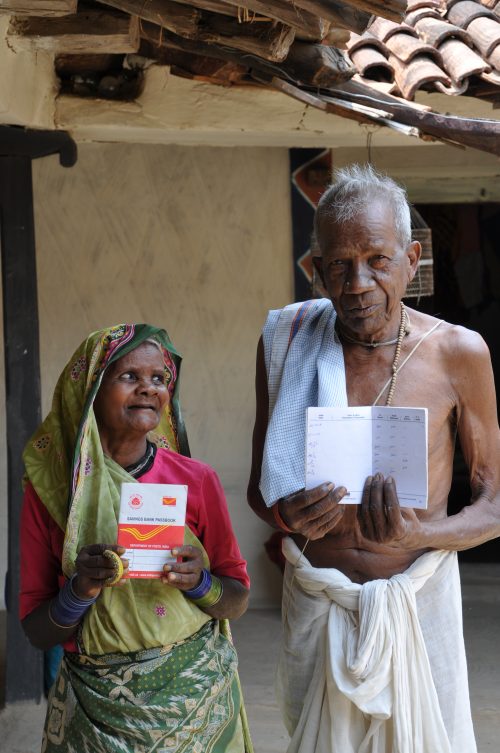
Source: Wikimedia
The following categories of freedom fighters are eligible for the Samman Pension under the Scheme.
- Eligible dependents of martyrs.
- A person who had suffered a minimum imprisonment of six months on account of participation in the freedom struggle.
- A person who, on account of his participation in the freedom struggle, remained underground for more than six months.
- A person who, on account of participation in the freedom struggle, was interned in his home or externed from his district for a minimum period of 6 months.
- A person whose property was confiscated or attached and sold due to his participation in the freedom struggle.
- A person who, on account of participation in the freedom struggle, became permanently incapacitated during firing or lathi charge.
- A person who lost his Government job for participation in the freedom struggle.
- A person who was awarded the punishment of ten or more strokes of caning/flogging/whipping for his participation in the freedom struggle.
- As a special dispensation for women freedom fighters and for the freedom fighters belonging to Scheduled Castes and Scheduled Tribes, the minimum period of imprisonment/jail sufferings has been kept at three months, in place of six months.
- Spouses (widows/widowers), unmarried and unemployed daughters (up to a maximum of three) and mother or father of deceased freedom fighters (as also of martyrs), in this order, are eligible for grant of Dependent Family Pension under the scheme.
Anyone who wishes to apply for pension under this scheme has to follow the guidelines as prescribed by the Ministry of Home Affairs.
What is the pension amount?
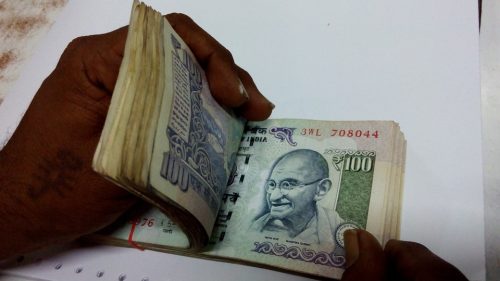
Source: Pixabay
The following amount of pension is extended to various categories of freedom fighters and their dependents. This pension amount is not taxable.
As per the data available with the government, about 38000 beneficiaries are receiving pension through banks across the country, as on date.

What other benefits are extended to freedom fighters?
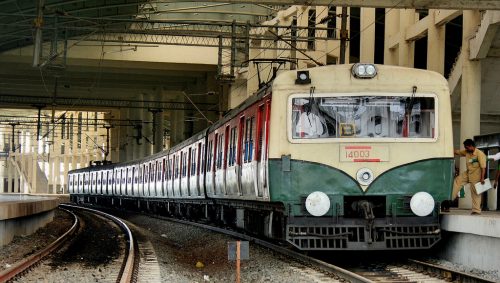
Source: Flickr
Apart from the pension amount mentioned above, Freedom Fighters are also extended the following facilities
- Free railway pass: AC-II Class in Rajdhani trains, Chair Car in Shatabdi trains and 1st Class/AC Sleeper in all other trains for the freedom fighters/ their widows, along with a companion, for life.
- Free medical facilities in all Central Government hospitals and in hospitals run by PSUs under the control of the Bureau of Public Enterprises. C.G.H.S. facilities have also been extended to the freedom fighters and their dependents.
- Telephone connection, subject to feasibility, without installation charges, and on payment of only half the rental.
- Provision of 4% reservation under “Combined Category” for Physically Handicapped Personnel(PH), Outstanding Sports Persons (OSP) and Freedom Fighters (FF) in the normal selection procedure adopted by Public Sector Oil Marketing Companies for allotment of petrol pumps, gas agencies, etc.
- General pool residential accommodation (within the overall 5% discretionary quota) to the freedom fighters in Delhi. Widow of a freedom fighter is also permitted to retain the accommodation for a period of six months after death of the freedom fighter.
- There is a Freedom Fighters’ Home at New Delhi providing transit accommodation for freedom fighters/ their eligible dependents.
- Ex-Andaman freedom fighters/ their widows have also been allowed to avail free air travel facility to visit Andaman & Nicobar Islands, once a year, along with a companion.
Expenditure in the last 10 years (from 2004-05 to 2013-14)
The government spent a total of 6332 crore rupees on pensions, 261 crore on railway passes and about a crore rupees on the Freedom Fighters Home in the last 10 years.

Similar Story
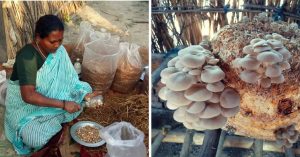
How Mushroom Cultivation Is Changing the Fortunes of Women in Rural India
Chattisgarh’s tribal communities, with limited job and economic opportunities, saw a significant chance when an organisation offered to train tribal women in starting a mushroom cultivation business. Jayashiree Elango explores further.
Read more >
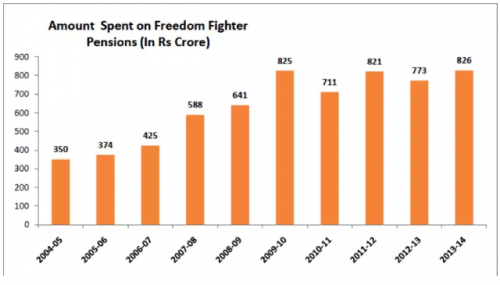
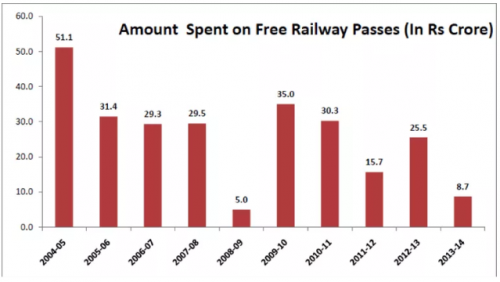
Discrepancies
Of late, there have been a lot of complaints of banks playing foul, ineligible citizens getting pensions, more than 3000 people receiving pension for many years after death, etc., in the implementation of the scheme. The Ministry of Home affairs has put out a list of revised guidelines in the light of these complaints.
Featured image source: Flickr
Like this story? Or have something to share? Write to us: [email protected], or connect with us on Facebook and Twitter.
NEW: Click here to get positive news on Whatsapp!
If you found our stories insightful, informative, or even just enjoyable, we invite you to consider making a voluntary payment to support the work we do at The Better India. Your contribution helps us continue producing quality content that educates, inspires, and drives positive change.
Choose one of the payment options below for your contribution-
By paying for the stories you value, you directly contribute to sustaining our efforts focused on making a difference in the world. Together, let's ensure that impactful stories continue to be told and shared, enriching lives and communities alike.
Thank you for your support. Here are some frequently asked questions you might find helpful to know why you are contributing?


This story made me
-
97
-
121
-
89
-
167



